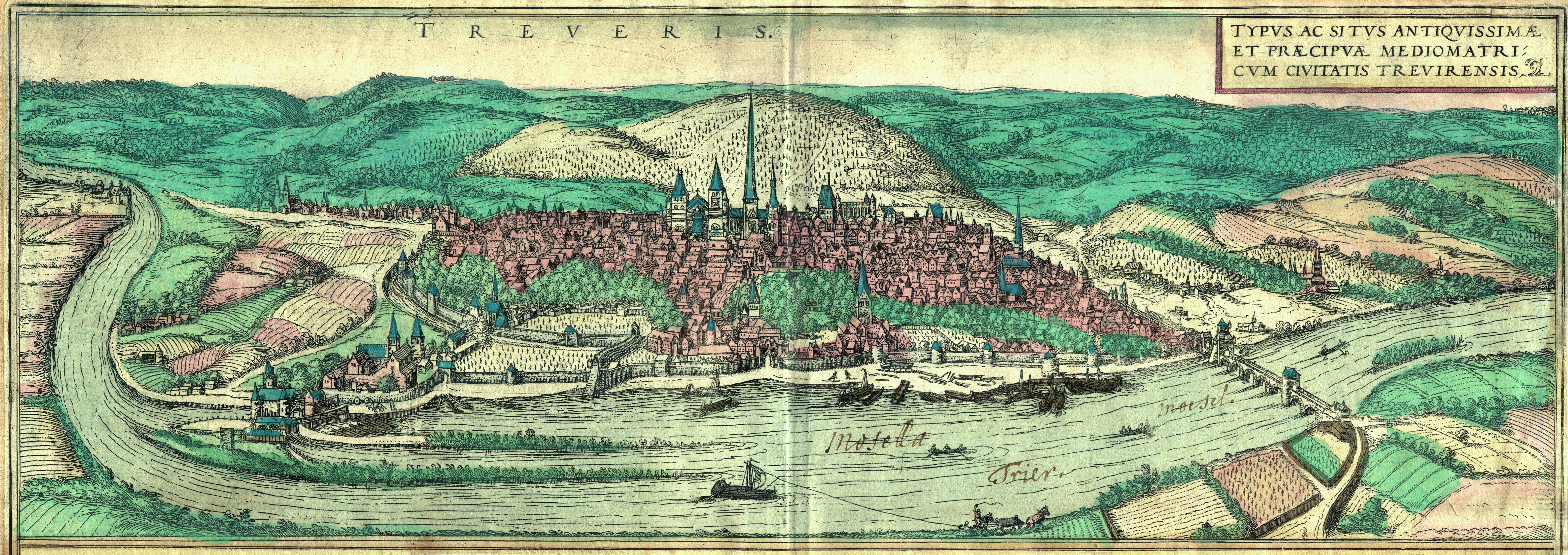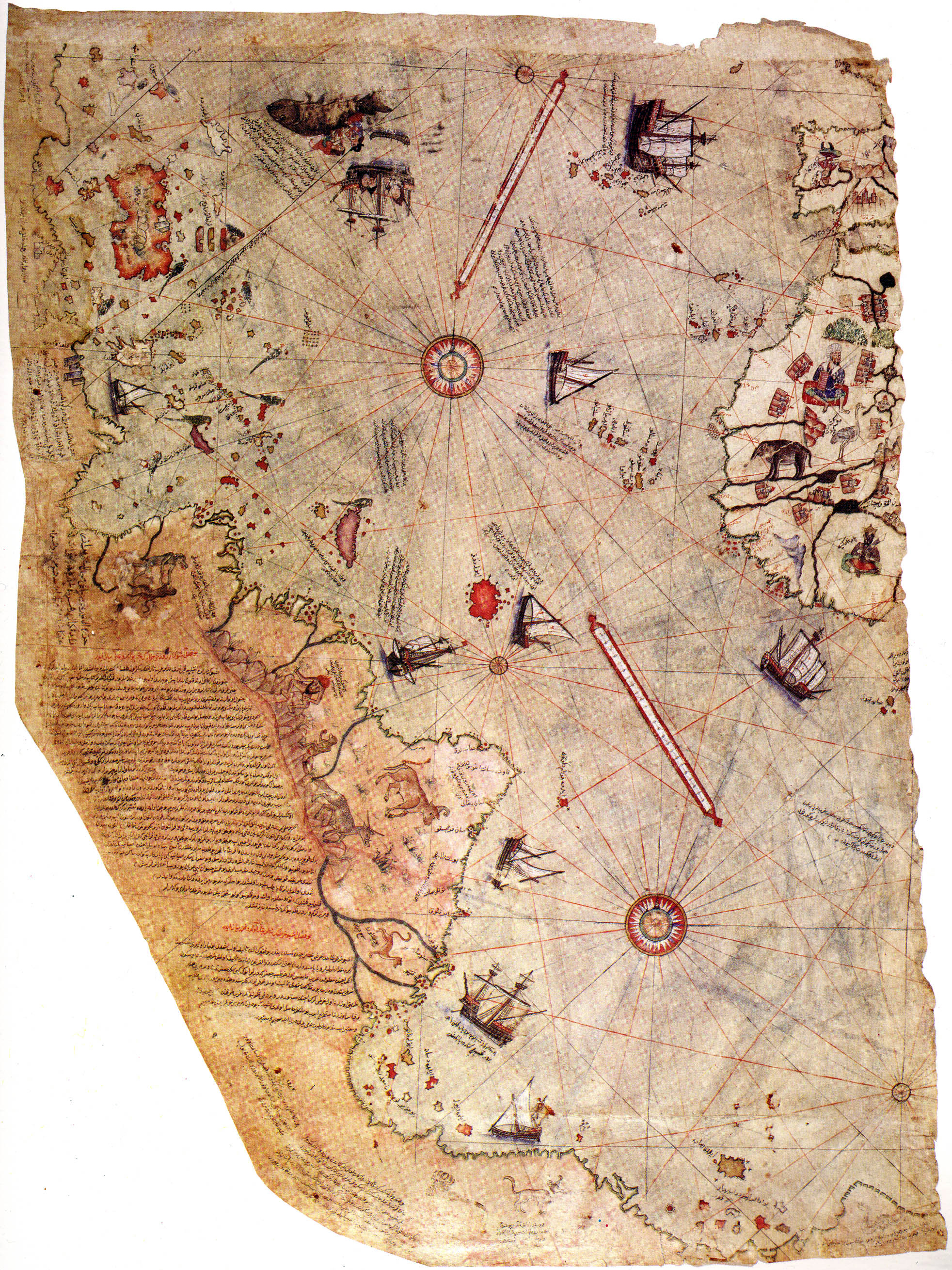|
Maris Pacifici
Maris Pacifici, more accurately named the ''Descriptio Maris Pacifici'' ("Description of the Pacific Ocean"), was the first dedicated map of the Pacific to be printed. It is considered an important advancement in cartography. This map was drawn by Abraham Ortelius in 1589, based upon a map of America from the same year that was drawn by Frans Hogenberg. Some details of the map may have been influenced by an 1568 description of Japan in a manuscript by Vaz Dourado, rather than a map, hence its peculiar shape. The landmass illustrated to the south of all of the Pacific and South America is a representation of Terra Australis. See also *Mappa mundi *Early world maps The earliest known world maps date to classical antiquity, the oldest examples of the 6th to 5th centuries BCE still based on the flat Earth paradigm. World maps assuming a spherical Earth first appear in the Hellenistic period. The developments ... References {{Reflist Ocean maps Historic maps of the America ... [...More Info...] [...Related Items...] OR: [Wikipedia] [Google] [Baidu] |
Ortelius - Maris Pacifici 1589
Abraham Ortelius (; also Ortels, Orthellius, Wortels; 4 or 14 April 152728 June 1598) was a Brabantian cartographer, geographer, and cosmographer, conventionally recognized as the creator of the first modern atlas, the ''Theatrum Orbis Terrarum'' (''Theatre of the World''). Along with Gemma Frisius and Gerardus Mercator, Ortelius is generally considered one of the founders of the Netherlandish school of cartography and geography. He was a notable figure of this school in its golden age (approximately 1570s–1670s) and an important geographer of Spain during the age of discovery. The publication of his atlas in 1570 is often considered as the official beginning of the Golden Age of Netherlandish cartography. He was the first person proposing that the continents were joined before drifting to their present positions. Life Ortelius was born on either 4 April or 14 April 1527 in the city of Antwerp, which was then in the Habsburg Netherlands (modern-day Belgium). The Orthellius f ... [...More Info...] [...Related Items...] OR: [Wikipedia] [Google] [Baidu] |
Pacific Ocean
The Pacific Ocean is the largest and deepest of Earth's five oceanic divisions. It extends from the Arctic Ocean in the north to the Southern Ocean (or, depending on definition, to Antarctica) in the south, and is bounded by the continents of Asia and Oceania in the west and the Americas in the east. At in area (as defined with a southern Antarctic border), this largest division of the World Ocean—and, in turn, the hydrosphere—covers about 46% of Earth's water surface and about 32% of its total surface area, larger than Earth's entire land area combined .Pacific Ocean . '' Britannica Concise.'' 2008: Encyclopædia Britannica, Inc. The centers of both the |
Cartography
Cartography (; from grc, χάρτης , "papyrus, sheet of paper, map"; and , "write") is the study and practice of making and using maps. Combining science, aesthetics and technique, cartography builds on the premise that reality (or an imagined reality) can be modeled in ways that communicate spatial information effectively. The fundamental objectives of traditional cartography are to: * Set the map's agenda and select traits of the object to be mapped. This is the concern of map editing. Traits may be physical, such as roads or land masses, or may be abstract, such as toponyms or political boundaries. * Represent the terrain of the mapped object on flat media. This is the concern of map projections. * Eliminate characteristics of the mapped object that are not relevant to the map's purpose. This is the concern of generalization. * Reduce the complexity of the characteristics that will be mapped. This is also the concern of generalization. * Orchestrate the elements of the ... [...More Info...] [...Related Items...] OR: [Wikipedia] [Google] [Baidu] |
Abraham Ortelius
Abraham Ortelius (; also Ortels, Orthellius, Wortels; 4 or 14 April 152728 June 1598) was a Brabantian cartographer, geographer, and cosmographer, conventionally recognized as the creator of the first modern atlas, the ''Theatrum Orbis Terrarum'' (''Theatre of the World''). Along with Gemma Frisius and Gerardus Mercator, Ortelius is generally considered one of the founders of the Netherlandish school of cartography and geography. He was a notable figure of this school in its golden age (approximately 1570s–1670s) and an important geographer of Spain during the age of discovery. The publication of his atlas in 1570 is often considered as the official beginning of the Golden Age of Netherlandish cartography. He was the first person proposing that the continents were joined before drifting to their present positions. Life Ortelius was born on either 4 April or 14 April 1527 in the city of Antwerp, which was then in the Habsburg Netherlands (modern-day Belgium). The Orthellius ... [...More Info...] [...Related Items...] OR: [Wikipedia] [Google] [Baidu] |
Frans Hogenberg
Frans Hogenberg (1535–1590) was a Flemish and German painter, engraver, and mapmaker. Hogenberg was born in Mechelen in Flanders as the son of Nicolaas Hogenberg.Frans Hogenberg in the In 1568 he was banned from by the because he was a protestant and had printed engravings sympathizing with the .< ... [...More Info...] [...Related Items...] OR: [Wikipedia] [Google] [Baidu] |
Japan
Japan ( ja, 日本, or , and formally , ''Nihonkoku'') is an island country in East Asia. It is situated in the northwest Pacific Ocean, and is bordered on the west by the Sea of Japan, while extending from the Sea of Okhotsk in the north toward the East China Sea, Philippine Sea, and Taiwan in the south. Japan is a part of the Ring of Fire, and spans Japanese archipelago, an archipelago of List of islands of Japan, 6852 islands covering ; the five main islands are Hokkaido, Honshu (the "mainland"), Shikoku, Kyushu, and Okinawa Island, Okinawa. Tokyo is the Capital of Japan, nation's capital and largest city, followed by Yokohama, Osaka, Nagoya, Sapporo, Fukuoka, Kobe, and Kyoto. Japan is the List of countries and dependencies by population, eleventh most populous country in the world, as well as one of the List of countries and dependencies by population density, most densely populated and Urbanization by country, urbanized. About three-fourths of Geography of Japan, the c ... [...More Info...] [...Related Items...] OR: [Wikipedia] [Google] [Baidu] |
Fernão Vaz Dourado
Fernão Vaz Dourado (c. 1520 in Goa – c. 1580 in Portuguese India) was a Portuguese cartographer of the sixteenth century, belonging to the third period of the old Portuguese nautical cartography, which is characterised by the abandonment of Ptolemaic influence in the representation of the Orient and introduction of better accuracy in the depiction of lands and continents. Little is known about this historical figure. The known works of Dourado are of an extraordinary quality and beauty. He is considered one of the best cartographers of the time. Most of his manuscript charts are of relatively large scale and are included in nautical atlases. The following six atlas from the period 1568-1580 are known: * 1568 - 20 manuscript sheets on parchment, dedicated to D. Luís de Ataíde (Biblioteca Nacional, Madrid) * 1570 - 20 manuscript sheets on parchment (Huntington Library, San Marino, USA) * 1571 - 20 manuscript sheets on parchment, from which 2 (the frontispiece and the Eastern M ... [...More Info...] [...Related Items...] OR: [Wikipedia] [Google] [Baidu] |
South America
South America is a continent entirely in the Western Hemisphere and mostly in the Southern Hemisphere, with a relatively small portion in the Northern Hemisphere at the northern tip of the continent. It can also be described as the southern subregion of a single continent called America. South America is bordered on the west by the Pacific Ocean and on the north and east by the Atlantic Ocean; North America and the Caribbean Sea lie to the northwest. The continent generally includes twelve sovereign states: Argentina, Bolivia, Brazil, Chile, Colombia, Ecuador, Guyana, Paraguay, Peru, Suriname, Uruguay, and Venezuela; two dependent territories: the Falkland Islands and South Georgia and the South Sandwich Islands; and one internal territory: French Guiana. In addition, the ABC islands of the Kingdom of the Netherlands, Ascension Island (dependency of Saint Helena, Ascension and Tristan da Cunha, a British Overseas Territory), Bouvet Island ( dependency of Norway), Pa ... [...More Info...] [...Related Items...] OR: [Wikipedia] [Google] [Baidu] |
Terra Australis
(Latin: '"Southern Land'") was a hypothetical continent first posited in antiquity and which appeared on maps between the 15th and 18th centuries. Its existence was not based on any survey or direct observation, but rather on the idea that continental land in the Northern Hemisphere should be balanced by land in the Southern Hemisphere.John Noble Wilford: The Mapmakers, the Story of the Great Pioneers in Cartography from Antiquity to Space Age, p. 139, Vintage Books, Random House 1982, This theory of balancing land has been documented as early as the 5th century on maps by Macrobius, who uses the term ' on his maps. Names Other names for the hypothetical continent have included ''Terra Australis Ignota'', ''Terra Australis Incognit ("the unknown land of the south") or ''Terra Australis Nondum Cognita'' ("the southern land not yet known"). Other names were ''Brasiliae Australis'' ("the southern Brazil"), and ''Magellanica'' ("the land of Magellan"). Matthias Ringmann calle ... [...More Info...] [...Related Items...] OR: [Wikipedia] [Google] [Baidu] |
Mappa Mundi
A ''mappa mundi'' (Latin ; plural = ''mappae mundi''; french: mappemonde; enm, mappemond) is any medieval European map of the world. Such maps range in size and complexity from simple schematic maps or less across to elaborate wall maps, the largest of which to survive to modern times, the Ebstorf map, was around in diameter. The term derives from the Medieval Latin words (cloth or chart) and (world). Around 1,100 ''mappae mundi'' are known to have survived from the Middle Ages. Of these, some 900 are found illustrating manuscript books and the remainder exist as stand-alone documents. Types of ''mappae mundi'' Extant ''mappae mundi'' come in several distinct varieties, including: * Zonal (sometimes Macrobian) maps * Tripartite or " T-O" maps * Quadripartite maps (including the Beatus maps) * Complex maps Medieval world maps which share some characteristics of traditional ''mappae mundi'' but contain elements from other sources, including Portolan charts and maps asso ... [...More Info...] [...Related Items...] OR: [Wikipedia] [Google] [Baidu] |
Early World Maps
The earliest known world maps date to classical antiquity, the oldest examples of the 6th to 5th centuries BCE still based on the flat Earth paradigm. World maps assuming a spherical Earth first appear in the Hellenistic period. The developments of Greek geography during this time, notably by Eratosthenes and Posidonius culminated in the Roman era, with Ptolemy's world map (2nd century CE), which would remain authoritative throughout the Middle Ages. Since Ptolemy, knowledge of the approximate size of the Earth allowed cartographers to estimate the extent of their geographical knowledge, and to indicate parts of the planet known to exist but not yet explored as ''terra incognita''. With the Age of Discovery, during the 15th to 18th centuries, world maps became increasingly accurate; exploration of Antarctica, Australia, and the interior of Africa by western mapmakers was left to the 19th and early 20th century. Antiquity Bronze Age “Saint-Bélec slab” The Saint-Bélec sla ... [...More Info...] [...Related Items...] OR: [Wikipedia] [Google] [Baidu] |
Ocean Maps
The ocean (also the sea or the world ocean) is the body of salt water that covers approximately 70.8% of the surface of Earth and contains 97% of Earth's water. An ocean can also refer to any of the large bodies of water into which the world ocean is conventionally divided."Ocean." ''Merriam-Webster.com Dictionary'', Merriam-Webster, |

.jpg)





